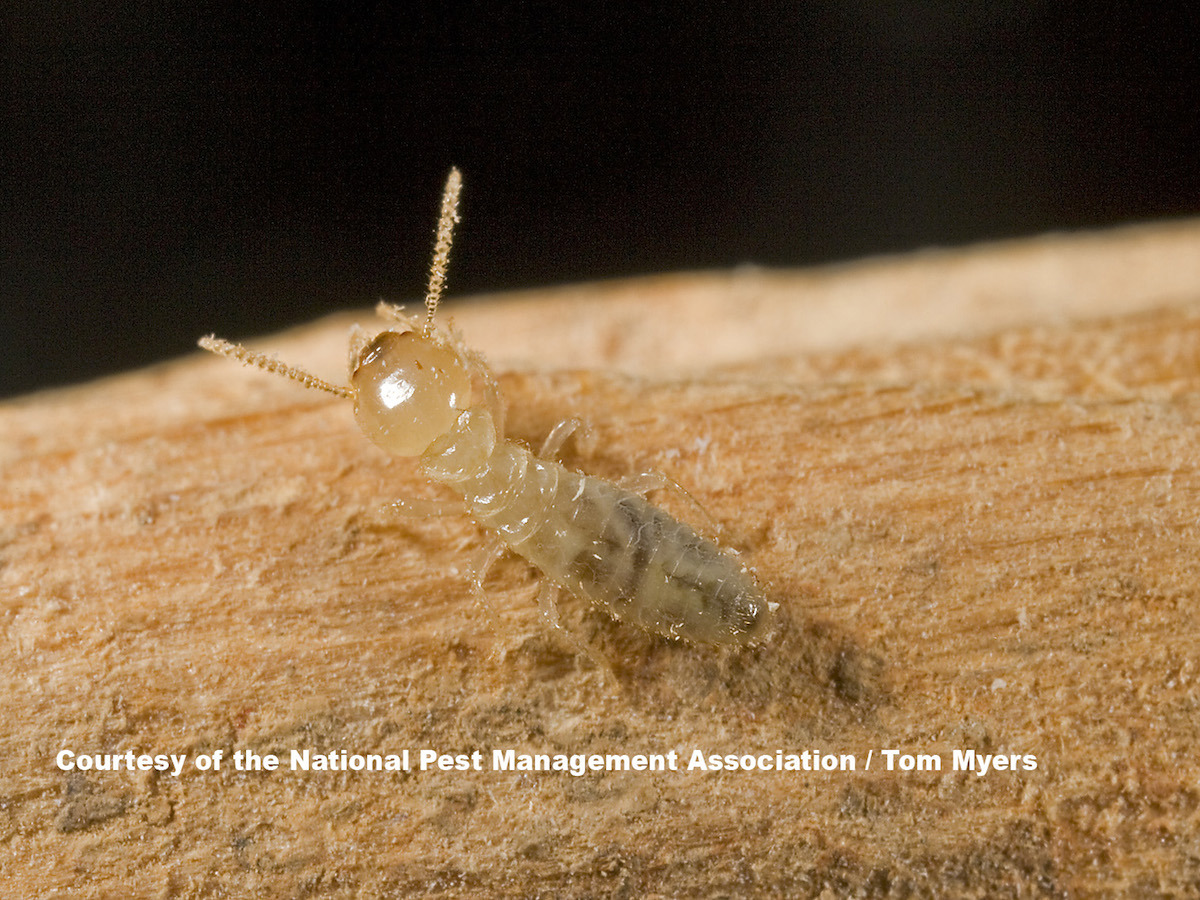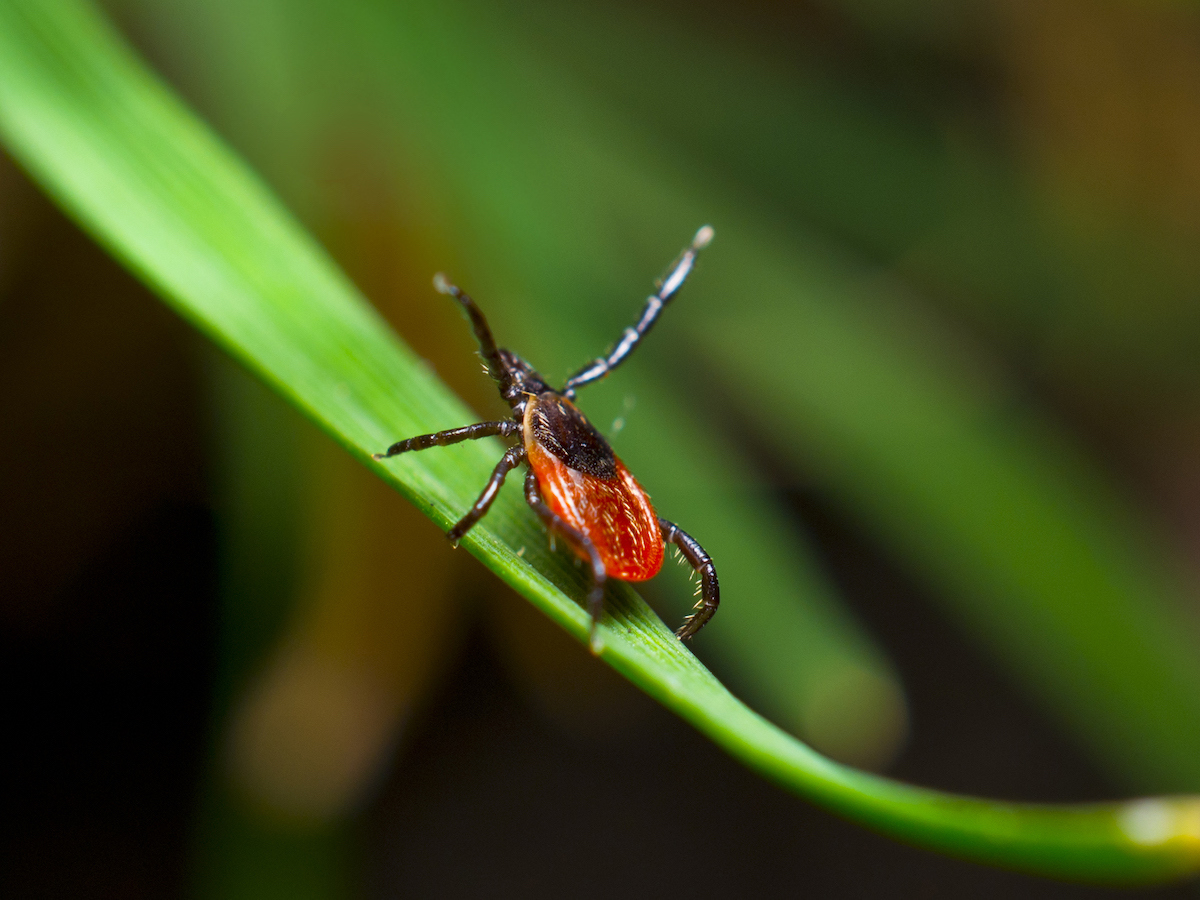Brood X Cicadas: Frequently Asked Questions
After 17 years underground, one of the largest broods of periodical cicadas is set to emerge
You may have heard the buzz around “Brood X” of cicadas, but what exactly is a cicada? Cicadas are large, flying insects, typically known for the loud buzzing sound that males produce in order to attract female mates. These insects spend most of their lives underground and a small number of annual cicadas emerge each year. However, every so often, a massive number of periodical cicadas will all come up out of the ground at once, a sight that is hard to miss.

So, when do cicadas come out and how often do they come out? These insects are accurately referred to as 17-year cicadas or 13-year cicadas for the intervals at which they emerge, before which they spend most of their life developing underground. After 17 or 13 years, these insects will come to the surface for about a month to molt, copulate and lay eggs. Capable of producing between 400 and 600 eggs each, the adults will then die off and their offspring will burrow into the soil, until resurfacing 13 to 17 years later. In 2021, Brood X, also known as the Great Eastern Brood, is set to emerge and be one of the largest in recent history, with billions of individual insects predicted to surface in 15 different states.
To learn more, check out this list of Brood X and periodical cicada frequently asked questions from Dr. Jim Fredericks, chief entomologist for the National Pest Management Association:
What Do Cicadas Eat?
During their time underground, cicadas primarily feed on the juices and sap of tree roots. Once above ground, adults may feed on plant juices which can cause minimal damage to trees.
What Does a Cicada Look Like?
Periodical cicadas typically have black bodies, orange wing veins, red eyes and six legs. They also have antennae and are typically 1 to 2 inches in length. Annual cicadas, which emerge each year, are black and green.
How Long Do Cicadas Live?
Above ground, cicadas only live for a few weeks and Brood X will most likely be gone before Labor Day.
What Does a Cicada Sound Like?
In large groups, the sound of cicadas can reach as high as 100 decibels and have been compared to the sound of electricity in some cases. So, how and why do they make noise? Using a special structure on their abdomen known as a tymbal, these insects produce a loud buzzing sound that is typically utilized to attract mates.
Where Do Cicadas Live?
Periodical cicadas spend the majority of their lives underground. When they emerge, they typically seek out trees where they can feed on sap and lay eggs in slits that the females cut on the ends of small branches. When it comes to where cicadas are found as far as geographic presence, Brood X in particular is expected to effect 15 different states, primarily in the mid-Atlantic and Midwest.
Are Cicadas Dangerous?
Another common cicada question is about whether or not they are dangerous. Although they may be loud, cicadas pose very little threats. While some people may ask do cicadas bite, rest assured that these insects do not bite or sting. Furthermore, they are not attracted to homes and typically stay outside.
What Do Cicadas Do?
Above ground, cicadas only live for a few weeks, during which they mate. The female cuts V-shaped slits in the bark of young twigs and lays about 20 eggs in each, for a total of 600 or more eggs. After approximately 6 to 10 weeks, the eggs will hatch and the nymphs will drop to the ground, burrowing into the ground to feed and develop for the next 13 to 17 years.
Are Cicadas Harmful?
In areas of high concentrations of cicadas, they can cause cosmetic damage to trees when they lay their eggs on young tree branches. However, they actually provide a number of different benefits to nature. Cicadas can serve as food for many animals, including birds, reptiles, snakes and even spiders. When underground, the nymphs construct tunnels that help to aerate the soil and allow for tree roots to get more access to nutrients and oxygen for growth.

Despite the astounding number of periodical cicadas that typically emerge as part of each brood, they’re really quite harmless. For more information, check out our periodical cicadas pest guide.

What is a Termite Inspection and Do You Need One?
The answer: YES! This pest can cause significant and costly damage to your home. Read on to find out how.

Bed Bug Pest Guide
Traveling for the holidays this year? Be sure to keep an eye out for bed bugs! Use our Pest Guide to help identify this pest.

NPMA's TickTalk
Check out NPMA's TickTalk.org for information about this pest, including the various species and health threats they pose.
Find a PEST PRO in your area

What is a Termite Inspection and Do You Need One?
The answer: YES! This pest can cause significant and costly damage to your home. Read on to find out how.

Bed Bug Pest Guide
Traveling for the holidays this year? Be sure to keep an eye out for bed bugs! Use our Pest Guide to help identify this pest.

NPMA's TickTalk
Check out NPMA's TickTalk.org for information about this pest, including the various species and health threats they pose.
